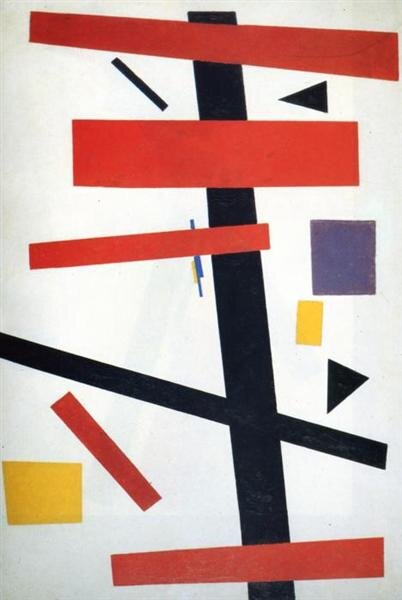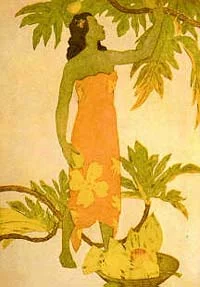Rooms to Let in Slavic Village in Cleveland
There was a uplifting art happening in Cleveland last weekend called "Rooms to Let." It was the second such event where foreclosed and abandoned houses in a hard hit area of Cleveland (houses that are scheduled to be demolished) are turned over to artists, who give them one last celebratory and dignified, send-off.
Artist: Dana Depew
Artist: Dana Depew
The houses are all roughly a hundred years old and the last few years have been less then their best years. They are filled with character, beautiful wood, built-in china cabinets, window seats, etc., but what the artists focus on, for the most part, are that the houses are also filled with the lives of their former occupants. The houses sheltered people whose lives cry out to be celebrated before the tangible evidence of their exsistence is gone forever. We as a society, especially one hard hit by its changes like Cleveland's Slavic Village, are too quick to erase the past as we rush toward the future and we often don't realize what has been lost until it is no longer there. "Rooms to Let" stops us in our tracks and makes us look at these places, see the beauty, enjoy some music, laugh and talk with people, honor these structures and the families who lived and loved in them.
Artist: Christine Mauersberger
Artist: Christine Mauersberger
Artist: Christine Mauersberger
Having become blighted and a burden on the neighborhood, the city has no choice but to tear them down. This has been the story for many rust belt cities who deal with a loss of population and aging housing stock. For one more weekend though, people filled rooms, created music, gathered around them and enjoyed life. It was a celebration of the service of the houses as dwellings and the lives of the people who lived in them.
Artist: Jeff Chiplis
Artist: Paul Sydorenko












































